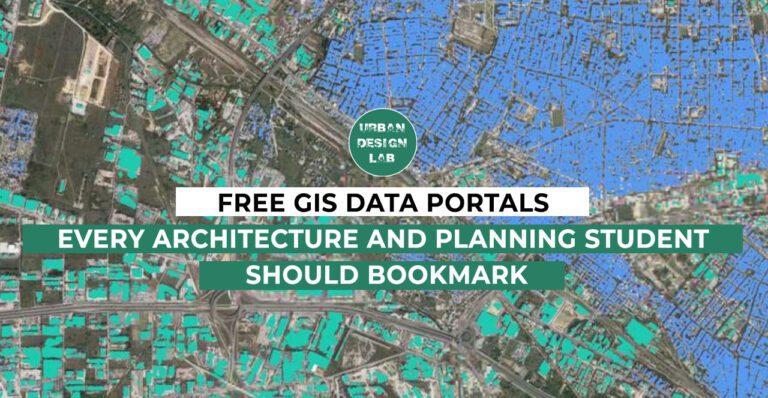
Top 10 Successful Transit-Oriented Development Case Studies

This article explores ten successful transit-oriented development (TOD) case studies worldwide, showcasing how integrating transit infrastructure with urban design can create vibrant, sustainable, and economically dynamic communities. Hong Kong’s MTR exemplifies high-density developments around transit hubs, fostering urban vitality and financial sustainability. Arlington, Virginia’s Rosslyn-Ballston Corridor revitalizes suburban areas with mixed-use developments and pedestrian-friendly infrastructure. Portland, Oregon’s Pearl District transforms industrial spaces into lively neighborhoods through strategic transit investments. Stockholm’s Hammarby Sjöstad demonstrates eco-friendly TOD with sustainable design and efficient public transport. Vancouver’s Canada Line enhances urban livability by connecting urban areas with high-density zoning around transit stations. Curitiba, Brazil’s BRT System innovatively uses bus rapid transit to create accessible, high-density communities. Tokyo’s Shibuya Station integrates cutting-edge design with urban connectivity, revitalizing the city center. Melbourne’s Docklands reimagines industrial waterfronts with modern architecture and transit integration. Seoul’s Digital Media City merges high-tech industries with sustainable urban living in a transit-accessible zone. Denver’s Union Station blends historic preservation with modern development, revitalizing the urban core. These examples highlight TOD’s potential to reduce car dependency, promote public transit, and stimulate local economies, offering a blueprint for cities to address contemporary urban challenges.
1. Hong Kong's MTR: Urban Symphony in Motion
Hong Kong’s Mass Transit Railway (MTR) is a symphony of architecture and transportation seamlessly woven into the urban fabric. This TOD masterpiece features sleek, modern stations crowned by towering residential and commercial edifices. The MTR Corporation’s vision extends beyond mere transit; it creates vibrant, vertically integrated neighborhoods where daily life orbits around the pulse of the railway. This harmonious blend of transit and architecture not only alleviates traffic congestion but also cultivates bustling, interconnected urban spaces, demonstrating the power of design in shaping dynamic cities.

Source: Website Link
2. Arlington, Virginia: The Rosslyn-Ballston Corridor - A Suburban Renaissance
In Arlington, Virginia, the Rosslyn-Ballston Corridor showcases TOD as a catalyst for suburban revitalization. What was once a car-centric landscape has been reborn into a pedestrian-friendly urban tapestry. This transformation, anchored by the Orange Line metro stations, features high-density, mixed-use developments with thoughtful design elements like wide sidewalks, public plazas, and green spaces. Architectural diversity flourishes here, from contemporary glass towers to charming brick facades, creating a cohesive yet varied streetscape. This case exemplifies how TOD can reimagine suburban environments, fostering a vibrant, walkable community.
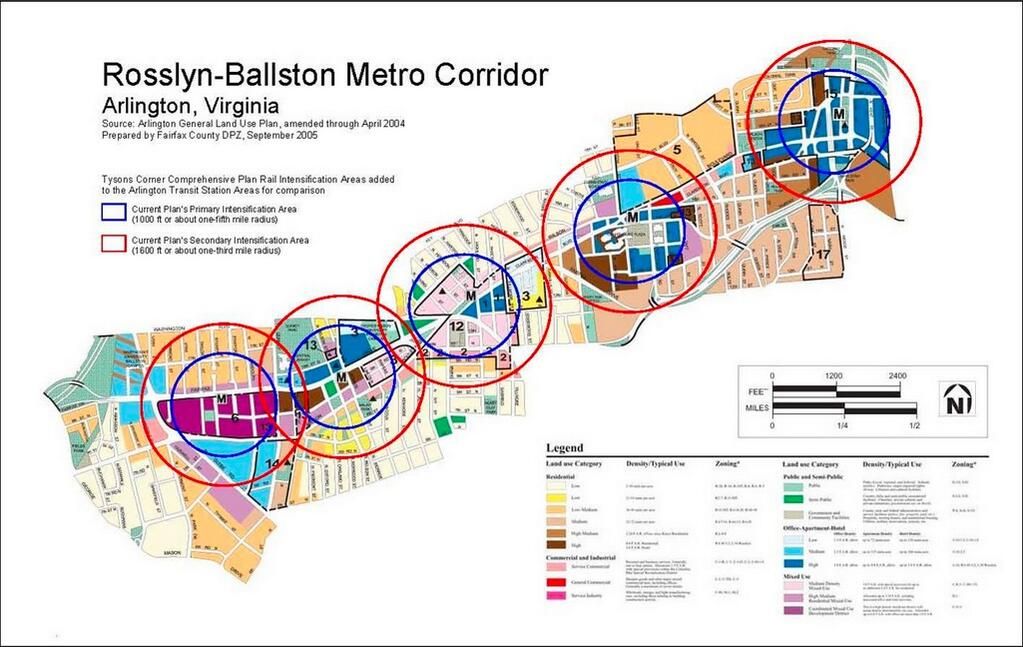
Source: Website Link
3. Portland, Oregon: The Pearl District
Portland’s Pearl District is a testament to the transformative power of TOD in rejuvenating industrial relics. Once dominated by warehouses, the district now boasts sleek, modern residential buildings, art galleries, and bustling street-level retail. The introduction of the Portland Streetcar played a pivotal role, weaving a network of connectivity through the area. Architectural elegance abounds, with loft-style apartments featuring exposed brick and steel, seamlessly blending the old with the new. The Pearl District illustrates how thoughtful design and transit integration can breathe new life into forgotten urban corners.

Source: Website Link
4. Stockholm, Sweden: Hammarby Sjöstad - Eco-Urbanism at Its Best
Hammarby Sjöstad in Stockholm sets a global standard for sustainable TOD, merging eco-friendly design with efficient public transit. This district is a haven of green architecture, where buildings with green roofs and solar panels stand beside lush waterfront parks. Trams and buses glide through the streets, ensuring seamless connectivity. The area’s holistic approach to sustainability includes advanced waste and water management systems, underscoring the potential of TOD to create not just transit-friendly but environmentally harmonious urban spaces.
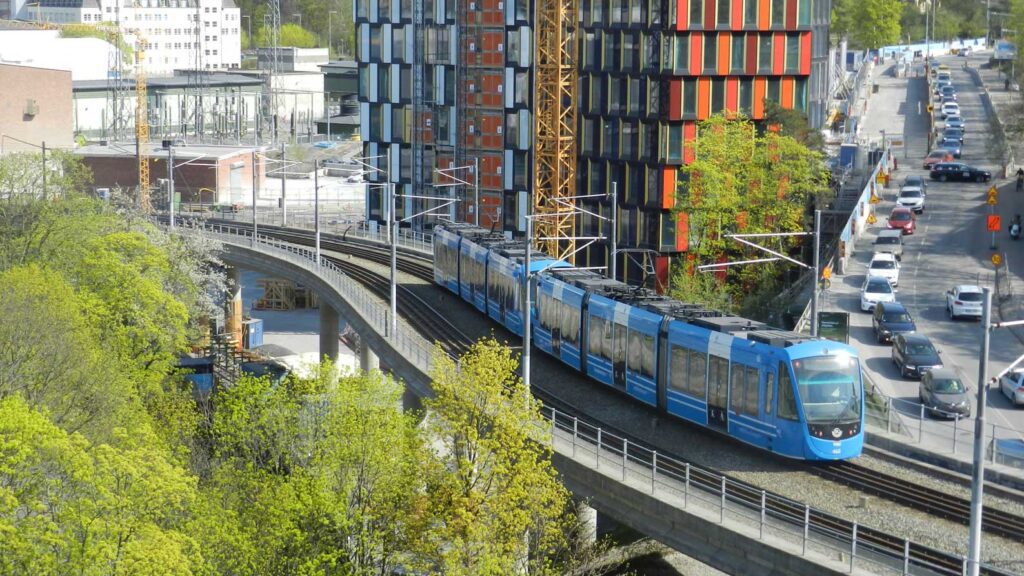
Source: Website Link
4. The Canada Line in Vancouver
The Canada Line in Vancouver exemplifies how transit infrastructure can sculpt urban development. This rapid transit line, connecting downtown with the airport and Richmond, has spurred a wave of high-rise residential and commercial growth. The architectural landscape around its stations features sleek glass towers, bustling plazas, and public art installations. Vancouver’s emphasis on high-density, mixed-use zoning around the Canada Line stations has created vibrant, transit-accessible neighborhoods, illustrating how architecture and transit can coalesce to shape dynamic urban centers.
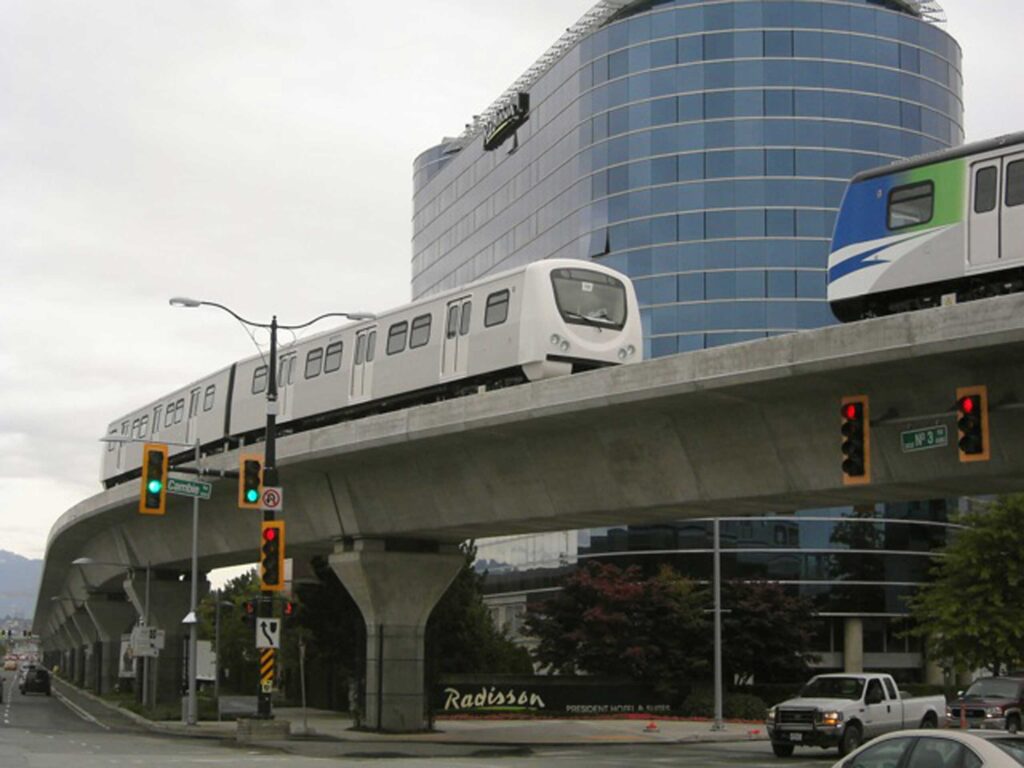
Source: Website Link
6. Curitiba, Brazil: Bus Rapid Transit (BRT) System
Curitiba’s pioneering Bus Rapid System (BRT) system is an architectural and urban planning marvel in a developing city context. The city’s dedication to high-density development along BRT corridors has led to vibrant, transit-oriented communities. Sleek, tube-shaped bus stations dot the landscape, connected by dedicated lanes that ensure swift and efficient travel. The design focus on functionality and accessibility, combined with affordable, efficient public transit, highlights how TOD can revolutionize urban mobility and design, even with limited resources.
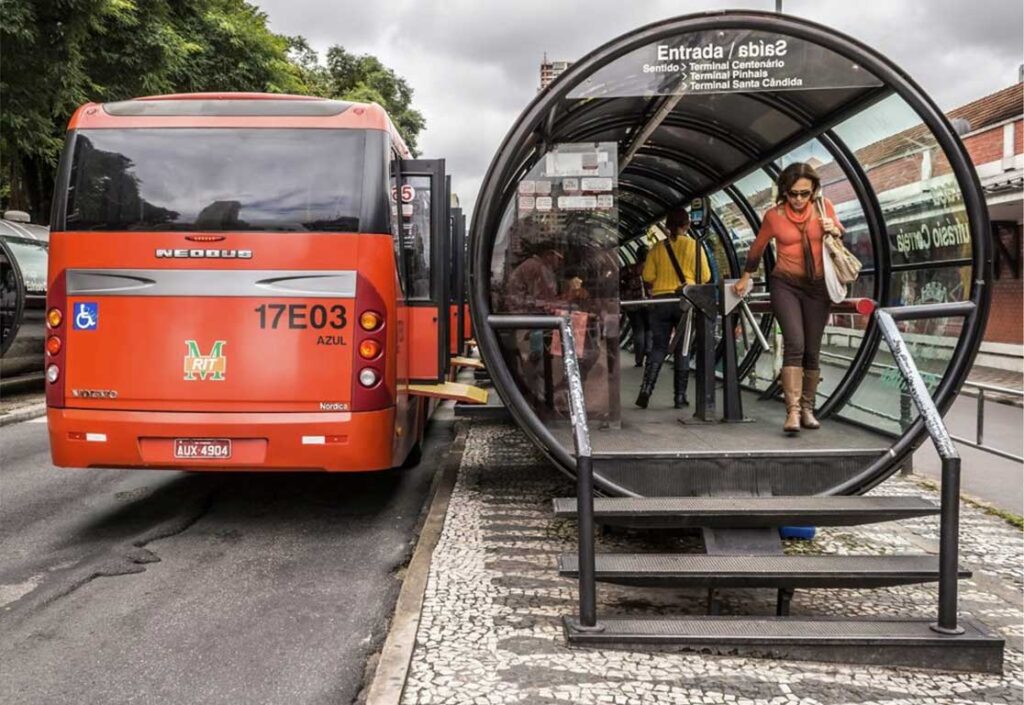
Source: Website Link
7. Tokyo, Japan: Shibuya Station Redevelopment - Urban Nexus
Shibuya Station in Tokyo is a TOD jewel, epitomizing urban connectivity and architectural ingenuity. The station’s redevelopment has transformed it into a labyrinthine hub of activity, with expansive underground passages and pedestrian-friendly infrastructure. Surrounding high-rise buildings, featuring cutting-edge design and technology, house offices, retail spaces, and entertainment venues. The iconic Shibuya Crossing, a symbol of Tokyo’s vibrancy, sits at the heart of this development, showcasing how TOD can rejuvenate urban centers and create bustling, interconnected spaces.
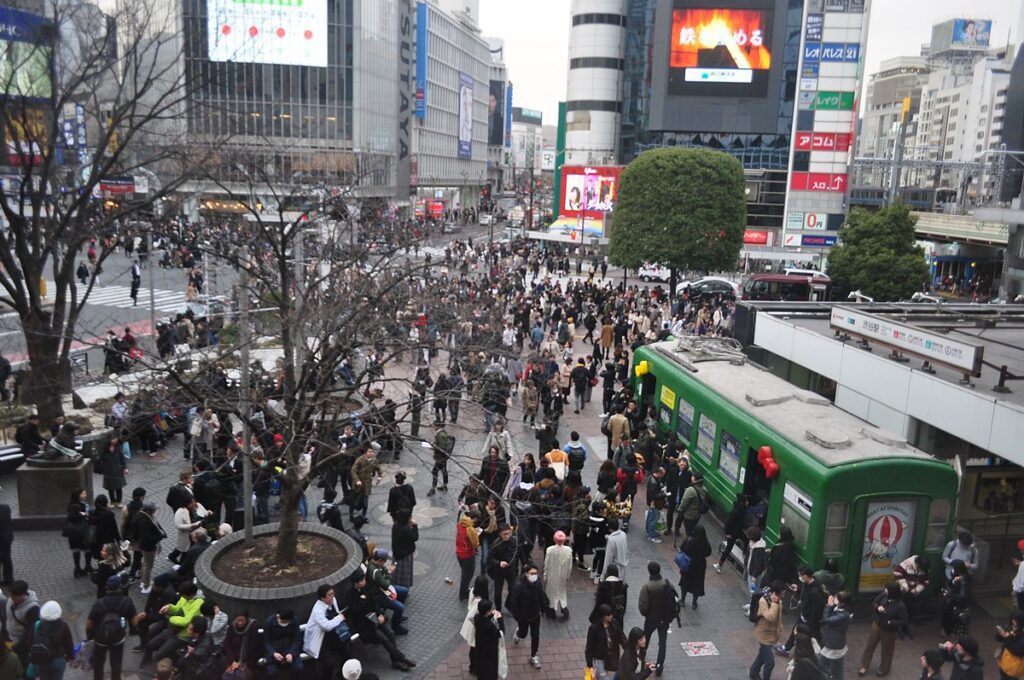
Source: Website Link
8. Melbourne, Australia: Docklands - Waterfront Renaissance
Melbourne’s Docklands project transforms a once-industrial waterfront into a TOD success story. This precinct features striking modern architecture, from glass-walled office towers to innovative residential complexes. Trams and train services seamlessly integrate Docklands with the city center, fostering a vibrant urban environment. Public spaces, pedestrian pathways, and cycling infrastructure enhance the area’s appeal, making Docklands a shining example of how TOD can repurpose underutilized urban spaces into thriving, transit-accessible communities.
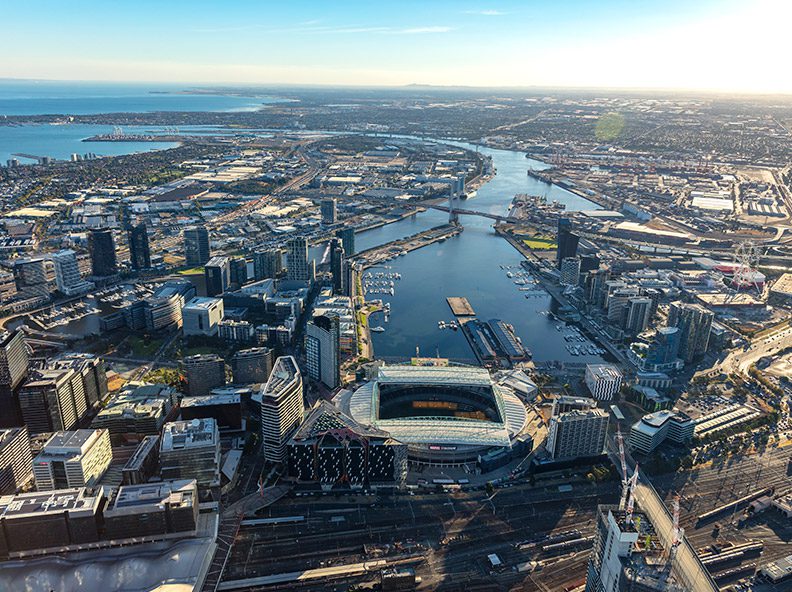
Source: Website Link
9. Seoul, South Korea: Digital Media City - High-Tech Haven
Digital Media City (DMC) in Seoul is a TOD marvel, integrating high-tech industries with sustainable urban living. Located along a major subway line, DMC features futuristic architecture, eco-friendly buildings, and ample green spaces. This high-density development reduces car dependency through extensive public transit options and pedestrian-friendly planning. DMC’s sleek, modern buildings house technology and media companies, creating a hub of innovation and sustainability. This case demonstrates how TOD can foster specialized economic zones while promoting sustainable urban growth.
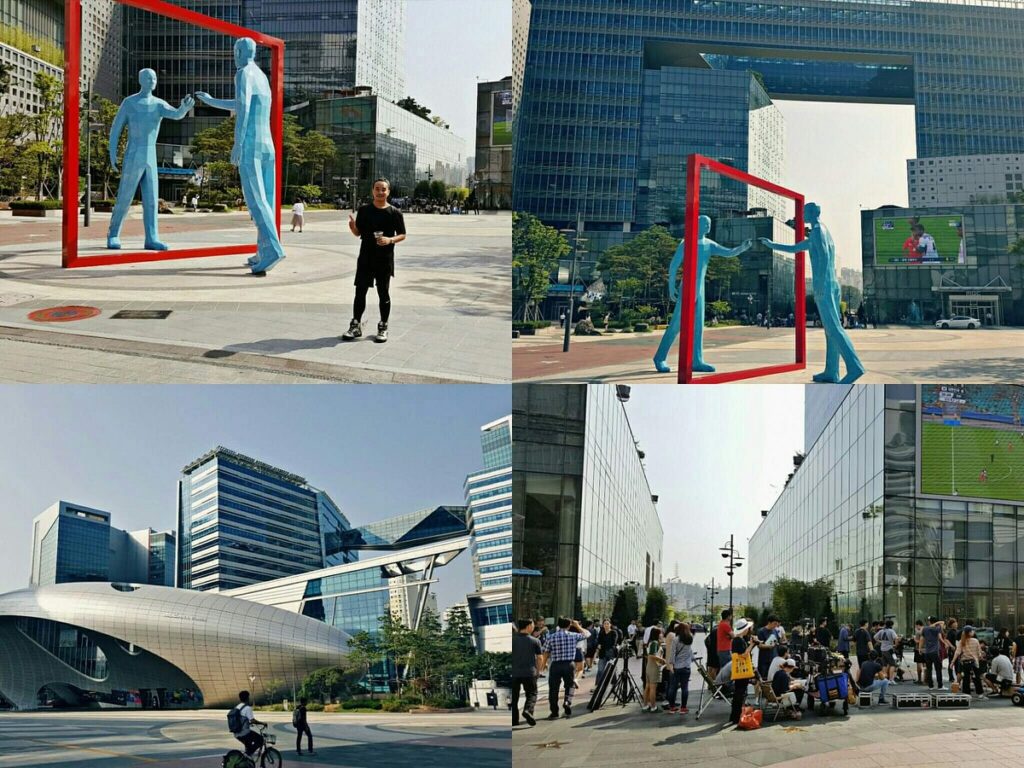
Source: Website Link
10. Denver, Colorado: Union Station - Historic Heartbeat Reimagined
Denver’s Union Station stands as a TOD beacon, revitalizing the city’s historic core. The station’s transformation into a multimodal transit hub has sparked a renaissance in surrounding areas, with mixed-use developments featuring modern architecture and historic preservation. Sleek residential towers, boutique hotels, and bustling retail spaces create a vibrant urban neighborhood. Public plazas and pedestrian pathways enhance connectivity, illustrating how TOD can breathe new life into historic areas, blending architectural heritage with modern urban design.
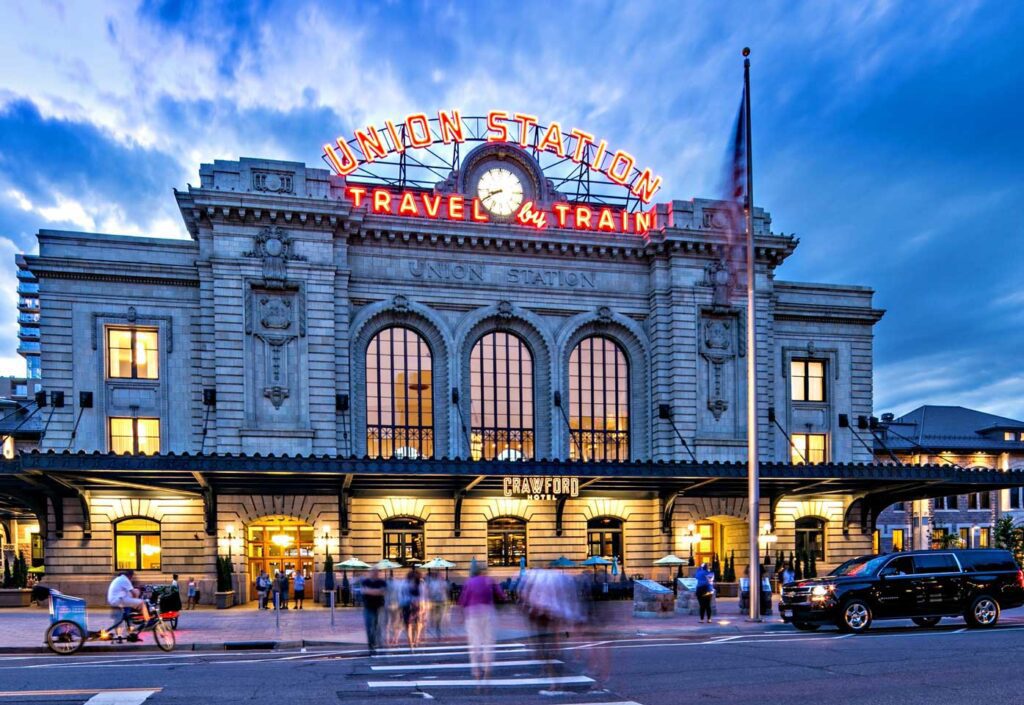
Source: Website Link
Conclusion
These ten case studies showcase the transformative impact of transit-oriented development (TOD) in creating vibrant, sustainable, and economically dynamic urban spaces. From Stockholm’s eco-friendly Hammarby Sjöstad to Seoul’s high-tech Digital Media City, each example highlights TOD’s potential to reshape cities. TOD revitalizes industrial areas like Portland’s Pearl District and reimagines historic centers like Denver’s Union Station, enhancing urban livability through architecture and transit synergy. Thoughtful TOD planning reduces car dependency, promotes public transit use, and stimulates local economies. By integrating high-density, mixed-use developments with efficient transit systems, cities can foster cohesive, interconnected communities that support sustainable growth and vibrant urban life. These case studies provide a blueprint for cities worldwide, demonstrating that TOD principles can address contemporary urban challenges and future aspirations.

Hemant Nimje
About the author
Hemant Nimje, an undergraduate architecture student at Hindustan Institute of Technology and Science, Chennai, and a semester exchange student at Politecnico di Milano. With a diploma in Civil Engineering from DY Patil University, Pune, his interests span graphic design, visualization, and photography. He has published with NASA India and won an international design competition with Archiol. He uses architectural writing as a means to articulate his ideas and theories in urban design and architecture.
Related articles
UDL GIS
Masterclass
Gis Made Easy- Learn to Map, Analyse and Transform Urban Futures
Session Dates
15th-19th December 2025

Urban Design Lab
Be the part of our Network
Stay updated on workshops, design tools, and calls for collaboration
Curating the best graduate thesis project globally!

Free E-Book
From thesis to Portfolio
A Guide to Convert Academic Work into a Professional Portfolio”
Recent Posts
- Article Posted:
- Article Posted:
- Article Posted:
- Article Posted:
- Article Posted:
- Article Posted:
- Article Posted:
- Article Posted:
- Article Posted:
Sign up for our Newsletter
“Let’s explore the new avenues of Urban environment together “


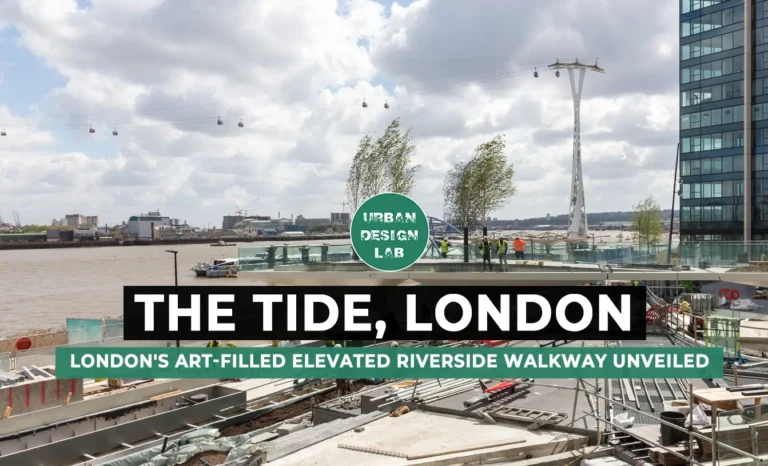
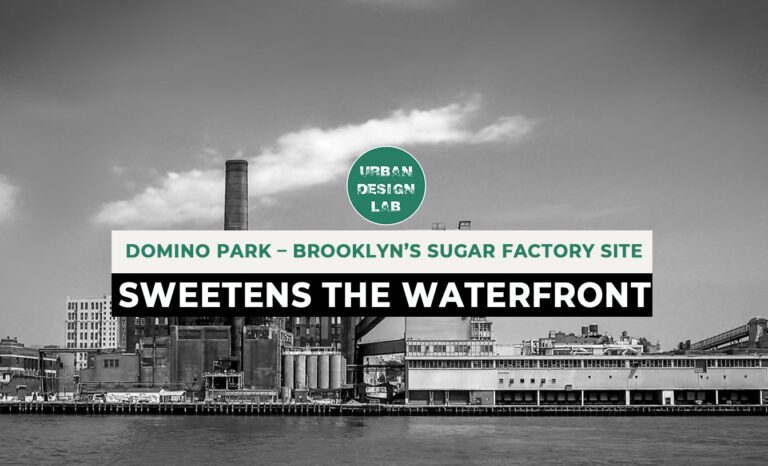
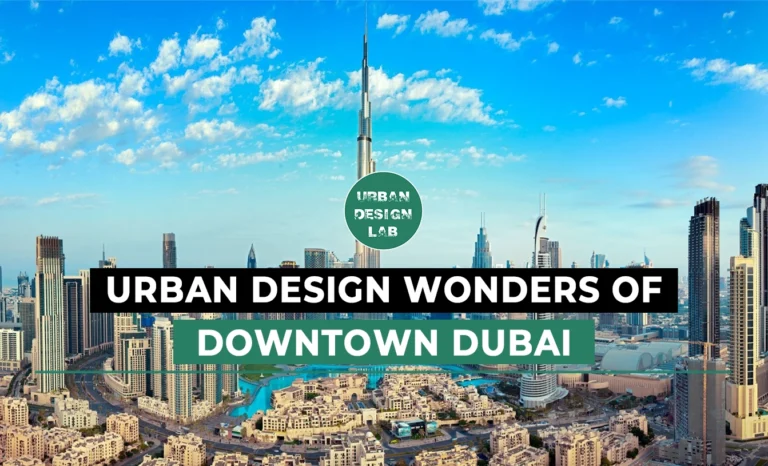
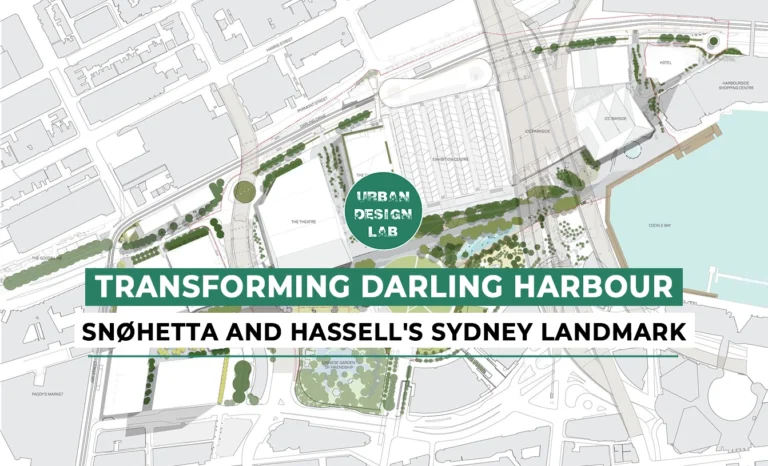
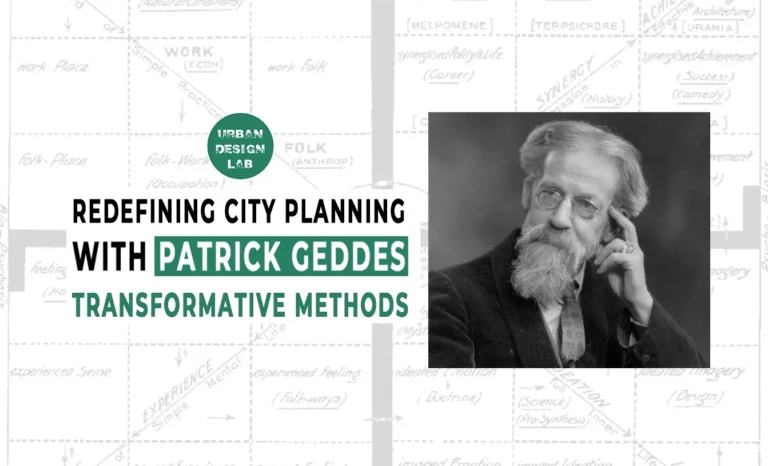
























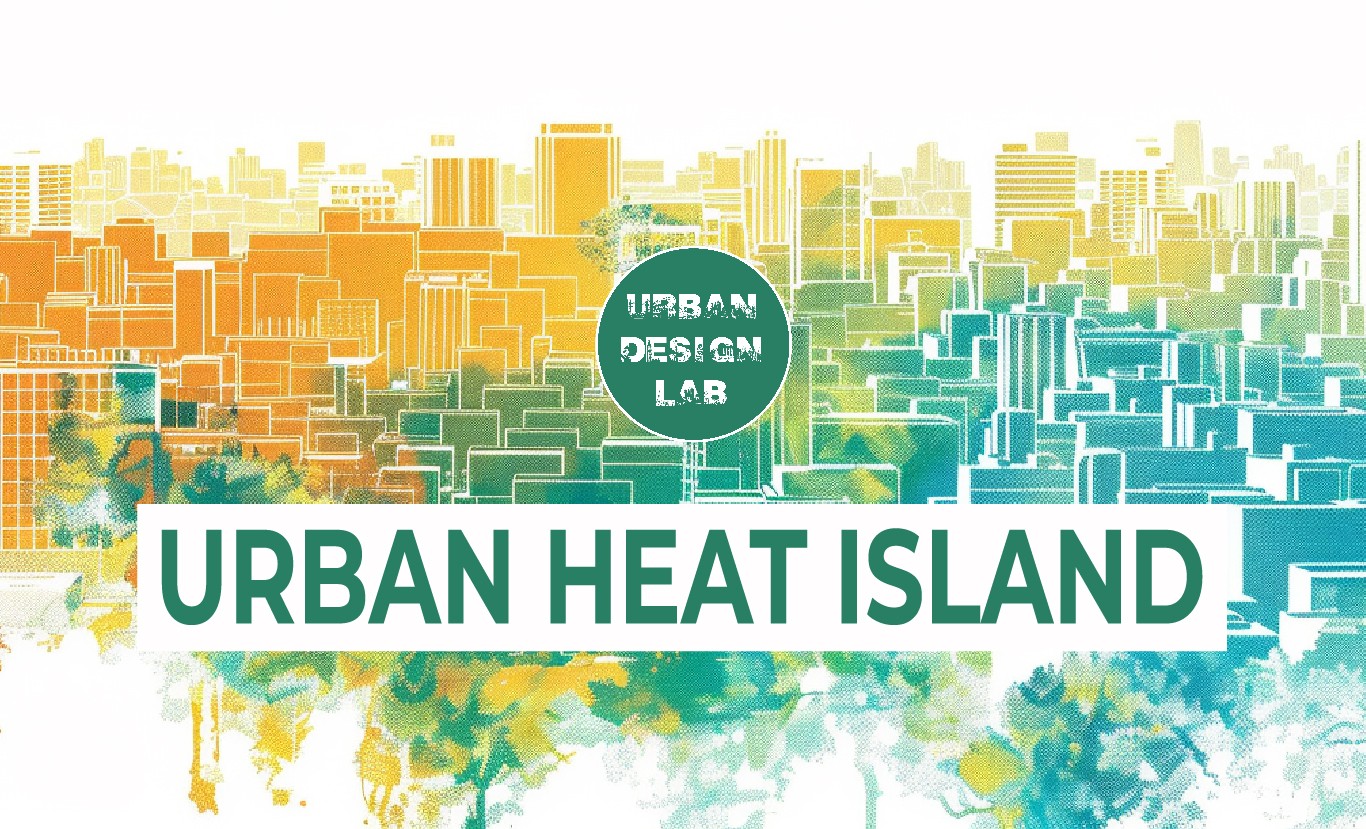

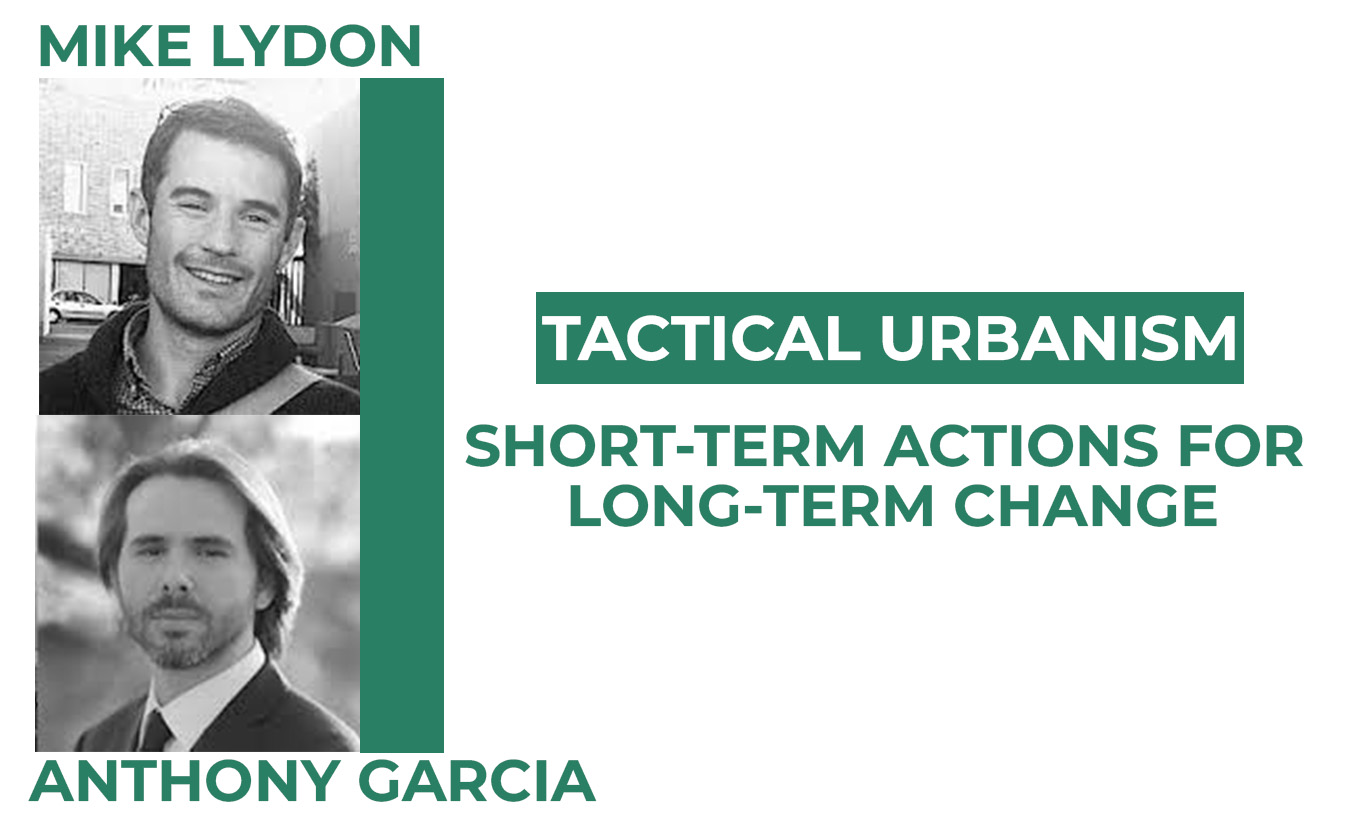

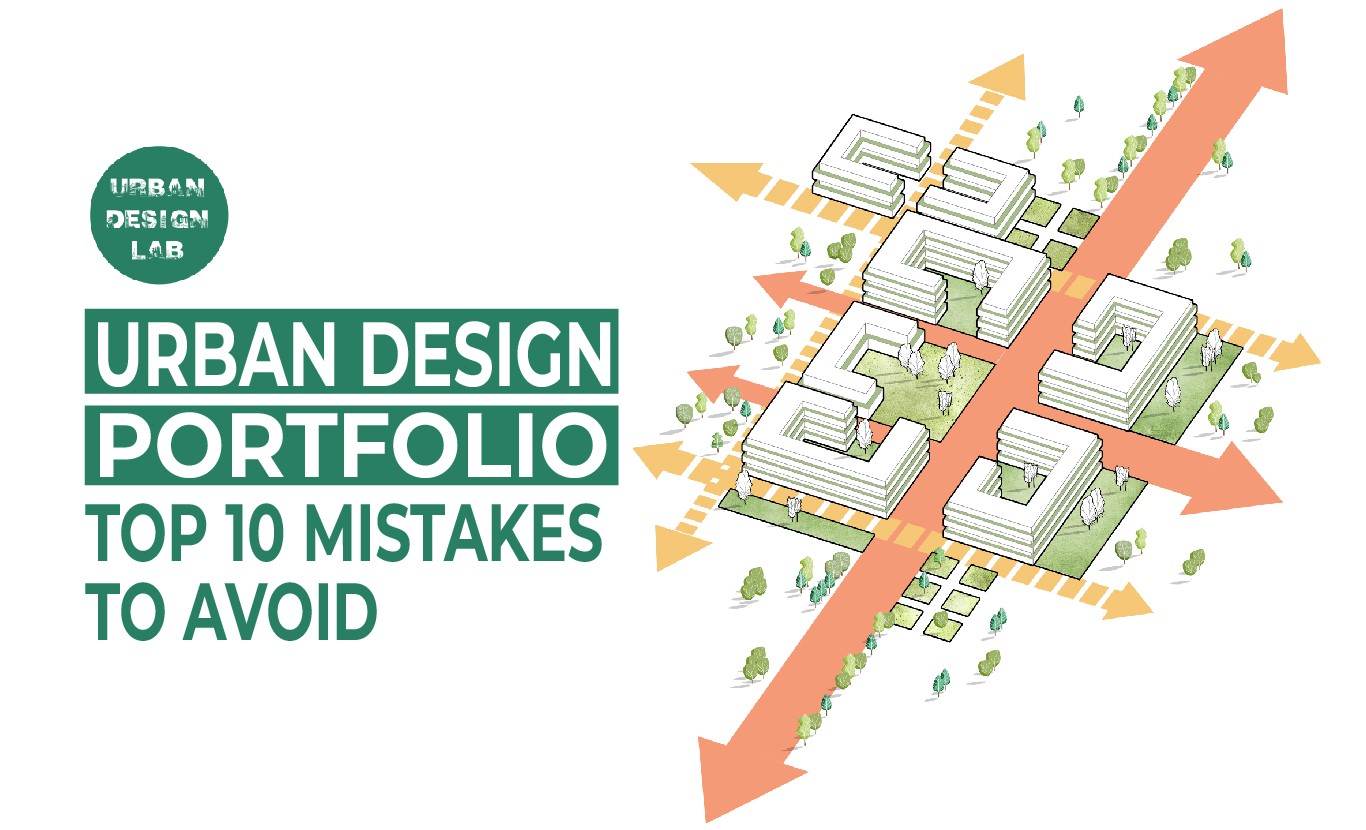
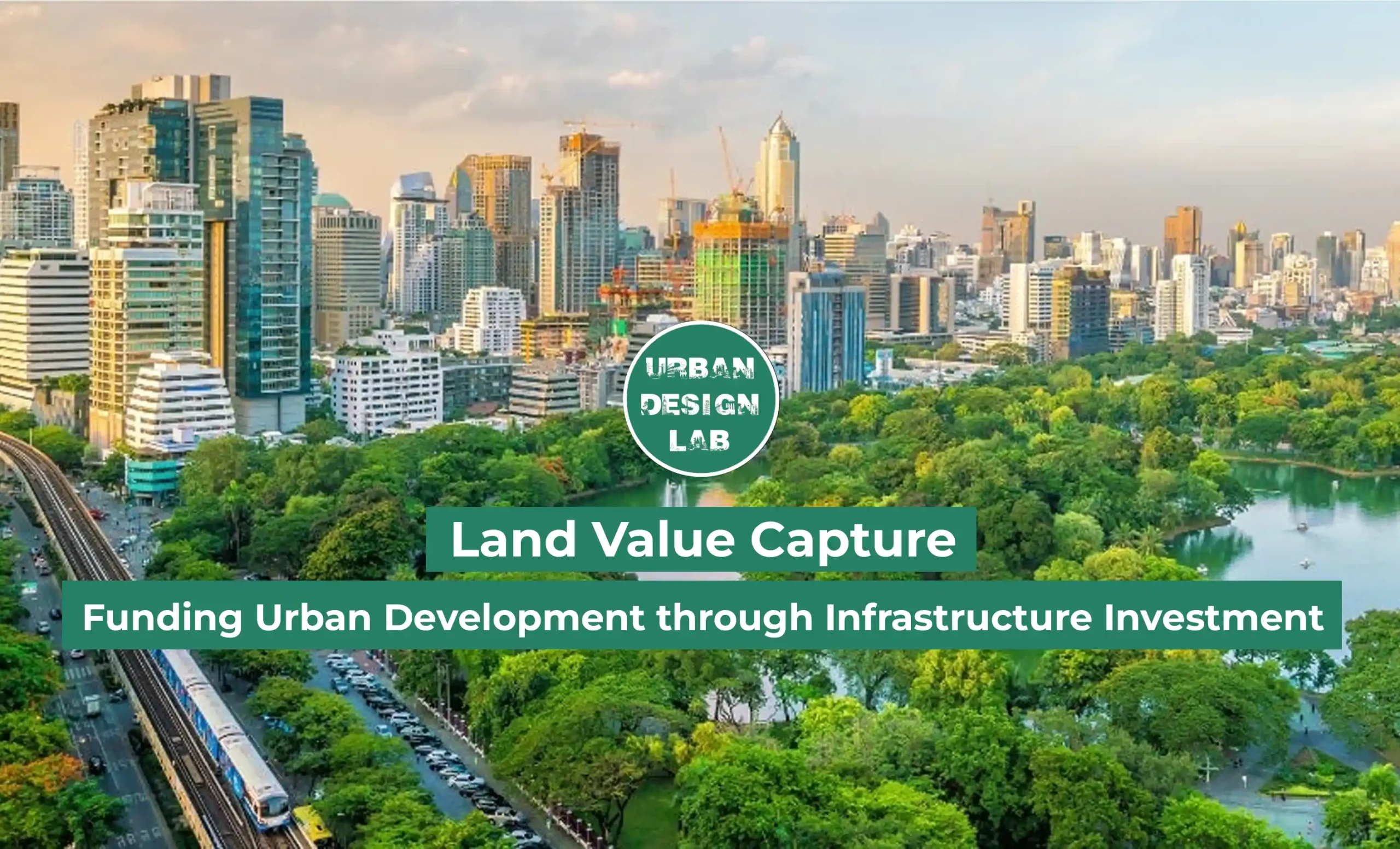
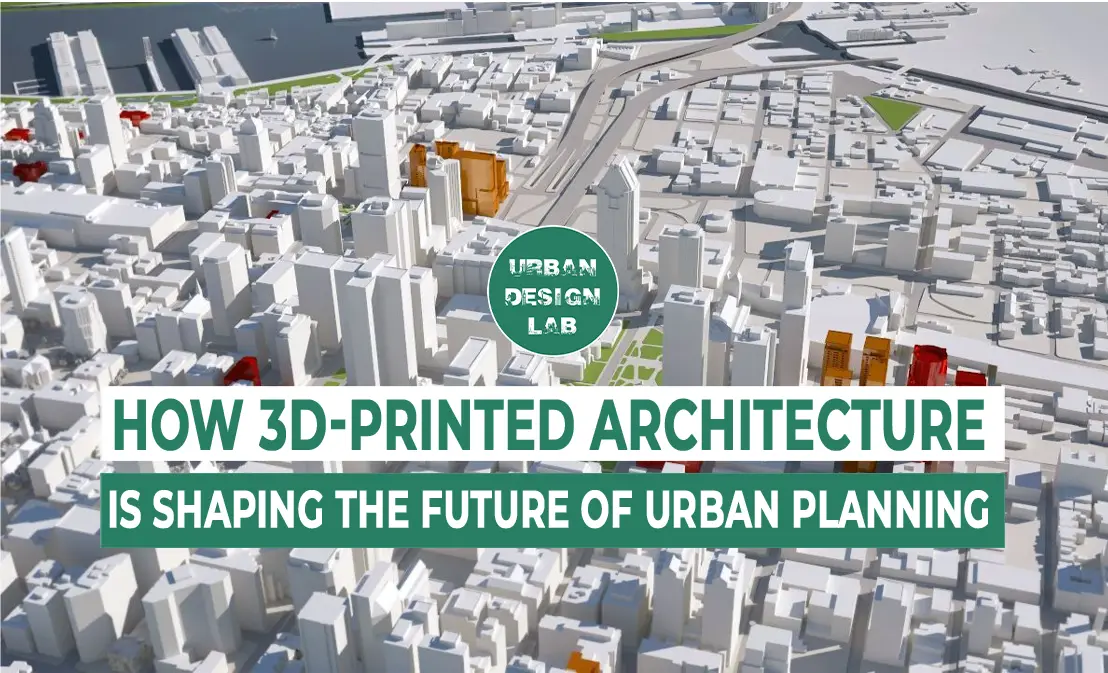
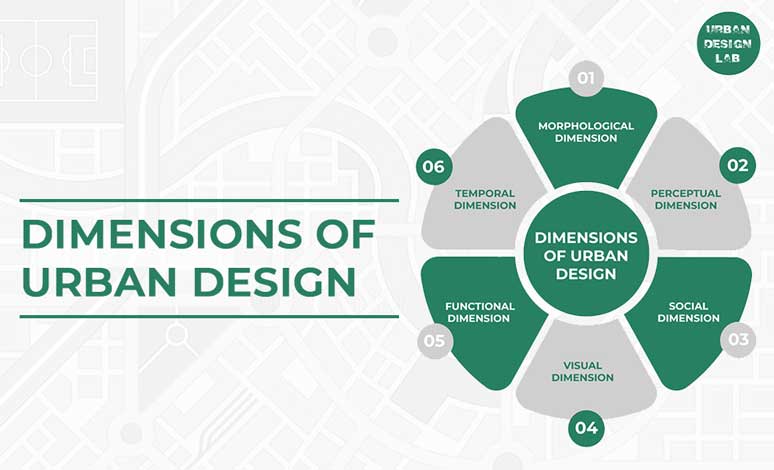
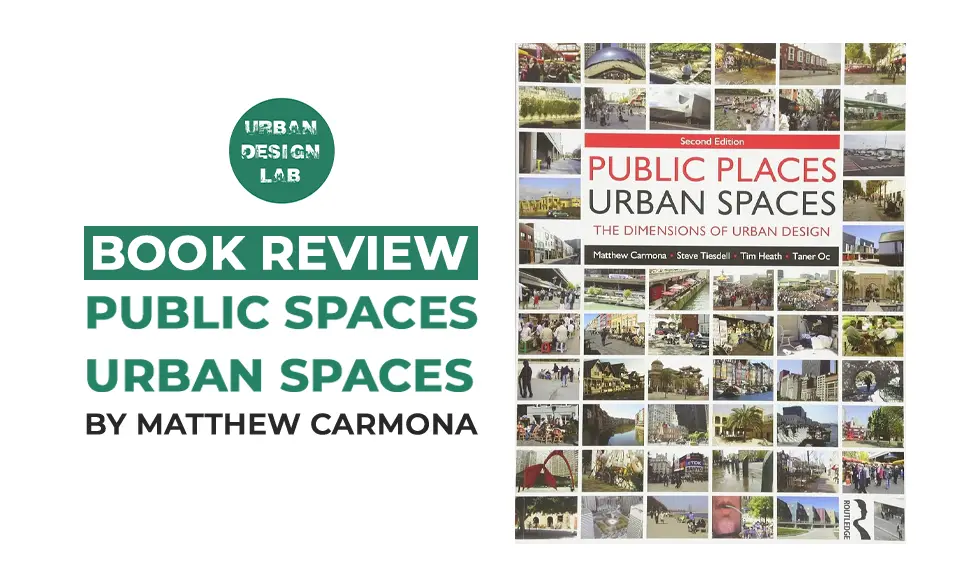
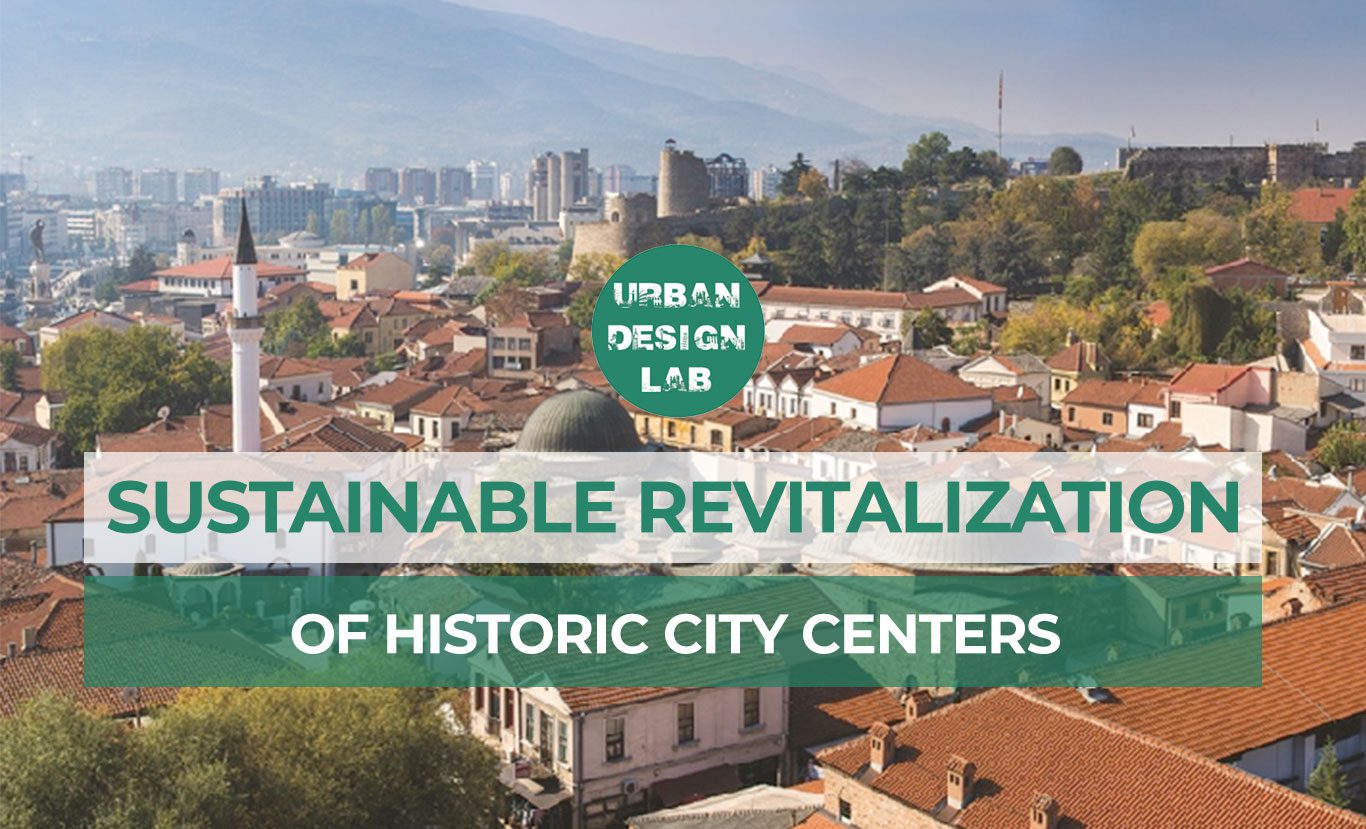


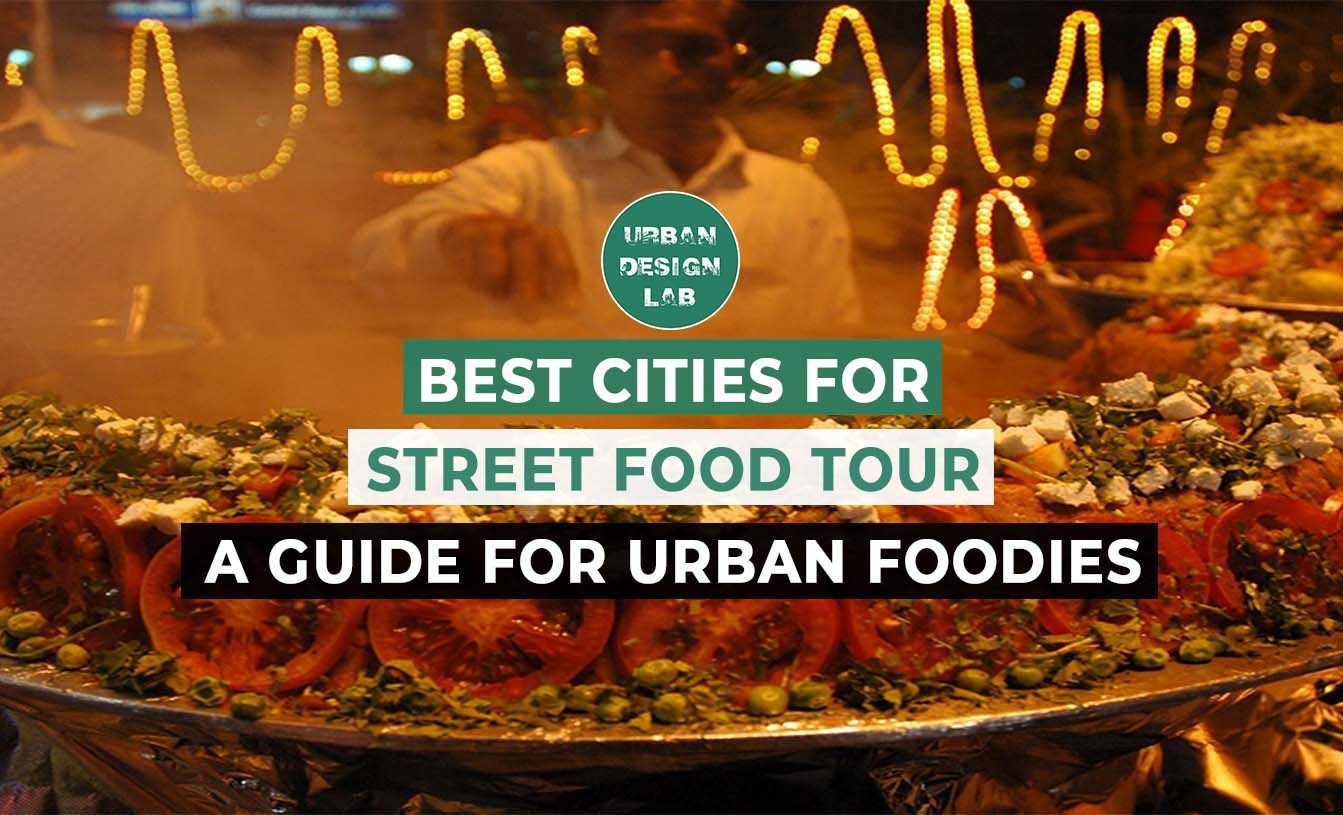

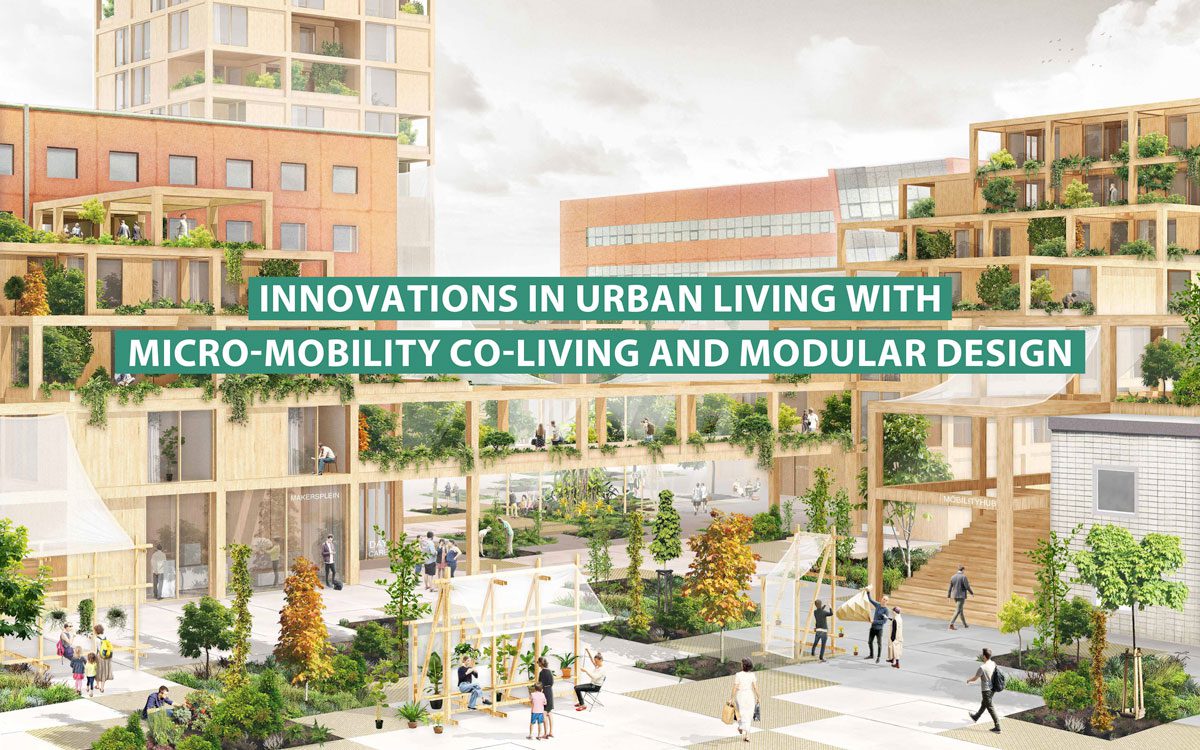


One Comment